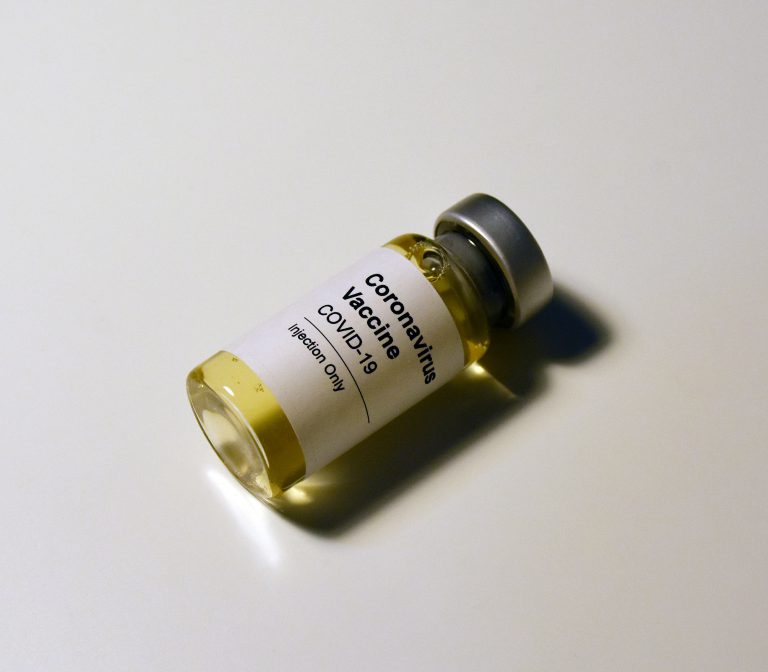Scientists have long been at odds as to why the specific cells in the human brain responsible for controlling movement get triggered when people plan or imagine making a movement. In fact, they fire up simply by observing a movement! The curious part is, the observers aren’t moving even as their cells do.
This has been a long-time conundrum, but now scientists at the University of Chicago might have found the answer. In their study published in the journal Neuron, it was revealed that they have discovered that signals in the motor cortex function as a series of clutches when it comes to moving, and that the same signals can be disrupted to inhibit the brain’s initiation of movement. These findings have a huge potential to improve treatments for people with Parkinson’s disease, a known movement disorder.
“This work provides the first evidence that large-scale, spatially organized brain patterns are behaviorally relevant,” Nicho Hatsopoulos, Ph.D., a professor of organismal biology and anatomy and the senior author of the study shared.
When a person thinks about or plans on executing a movement, the neurons fire in the motor cortex and create a signal called a beta oscillation. However, even if this signal is maintained or intensifies, people don’t move their arm. It’s only when they’re ready to move that the beta oscillations stop and their arm moves. Hatsopoulos likens it to how a clutch of a car works. If one pushes in a clutch pedal and press on the gas, the car engine will be put on rev mode but won’t move because the car is not in gear.
Hatsopoulos and his team also found out that this ‘clutch’ signal in the motor context should be viewed as multiple clutches rather than a single one. The group of clutches engages in an organized spatial pattern that can begin at either end of the motor cortex and terminate at the other. Every time there’s an initiated movement, the clutches engage.
“While this clutch-like mechanism has been previously observed at single sites in the motor cortex, we’ve discovered that movement initiation is associated with a propagating wave of clutches across the cortical surface,” he explained. “Moreover, we’ve provided the first causal evidence that this wave is a necessary condition for movement initiation.”
According to Karthikeyan Balasubramanian, Ph.D., a senior researcher in the Department of Organismal Biology and Anatomy, and the one who led the study, these findings were the first time scientists were able to yield a characterization of this clutch-like mechanism on a trial-by-trial basis. “Moreover, our stimulation results suggest that we are causally disrupting the wave-like neural dynamics when we stimulate against the natural wave that is linked to movement initiation,” he noted.
The ultimate goal is to one day use the stimulation approach to help people with diseases like Parkinson’s, helping them initiate movement through spatiotemporally organized, electrical stimulation of electrodes in their motor cortices. Additionally, it may also prove to be useful in further understanding large-scale neural patterns that occur throughout the brain. The team has since moved on to studying whether similar patterns of signals happen in the motor cortex when moving the tongue. They’re hoping to find out whether the movement initiation of the tongue can be manipulated through micro-stimulation.
Keep up with Dose of Healthcare for more updates in the health sciences.
















